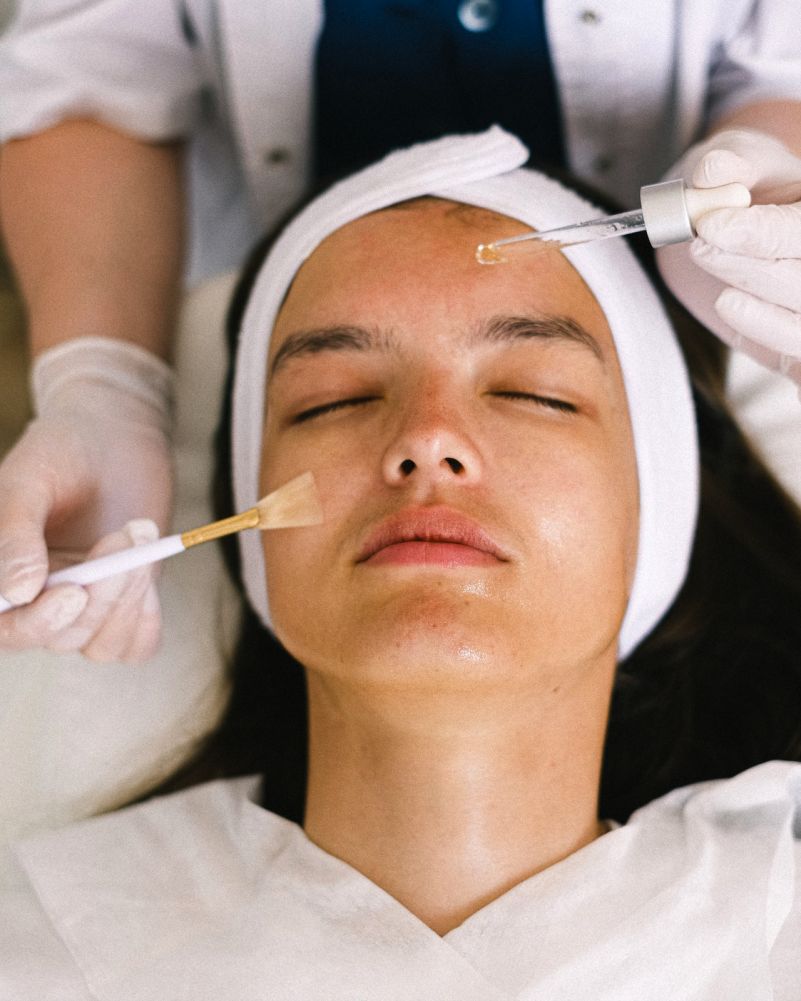Dermal Ablative Photothermal Therapy (DAPT) is a laser treatment designed to improve the appearance of scars, including acne scars, surgical scars, and traumatic scars. The treatment uses a combination of ablative and non-ablative laser technologies to promote skin resurfacing and collagen production.

30-60 minutes
Moderate (redness, swelling, peeling)
Moderate
Fall and Winter. Avoiding sun exposure is crucial, making cooler months ideal for DAPT.
3-5 sessions
Ablative and Non-Ablative Laser Devices
Is DAPT safe?
Yes, it is safe when administered by certified dermatologists.
How long does it take to see results?
Results can be seen within a few weeks, with improvements continuing over multiple sessions.
Does the treatment hurt?
There may be moderate discomfort during the treatment, but it is generally well-tolerated.
Are there any side effects?
Common side effects include redness, swelling, and peeling, but these are usually temporary.Get in touch with us and we’ll reply to your inquiry within a few hours.
Copyright© 2025 Hudson Dermatology & Laser Surgery